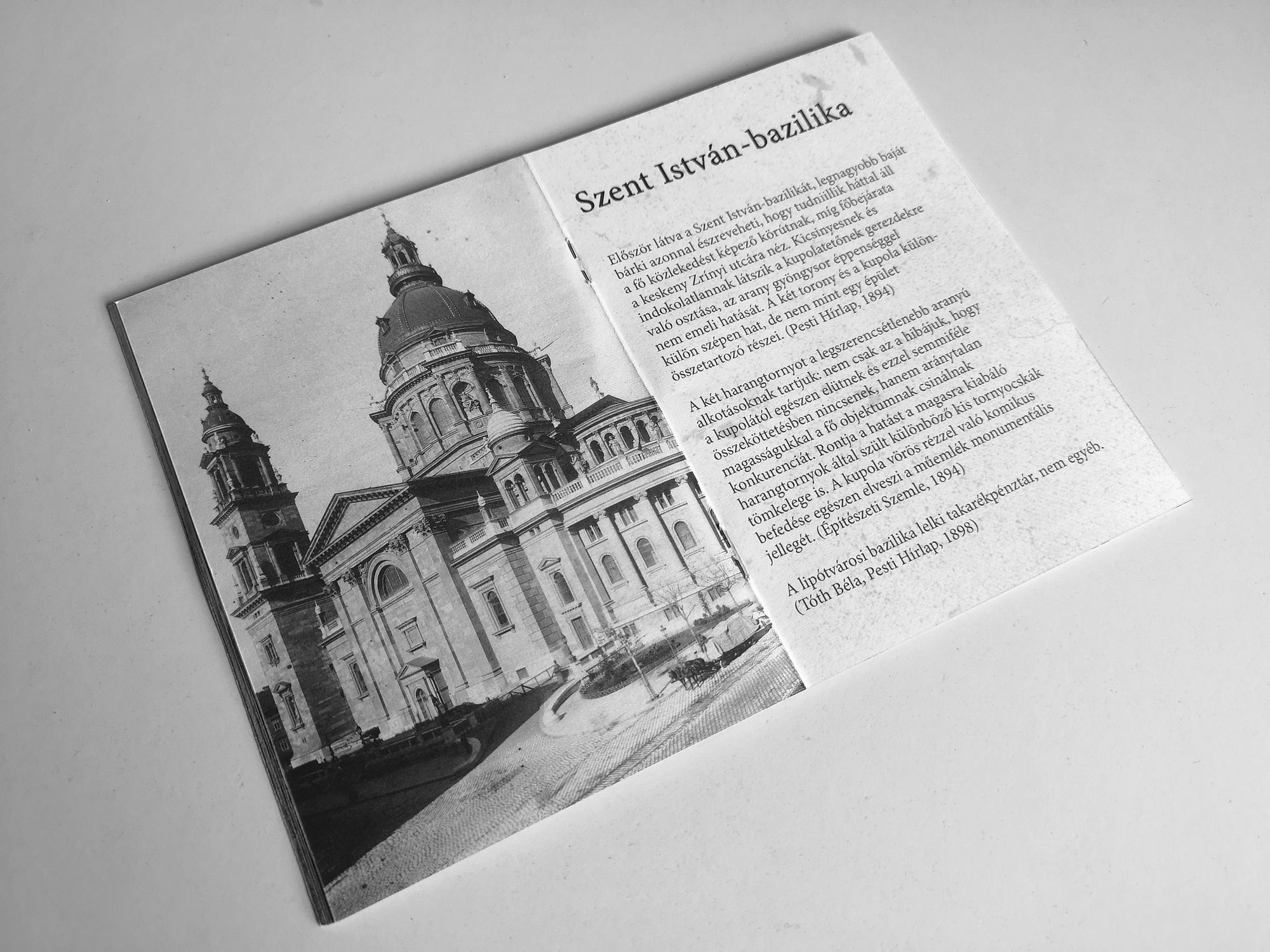Tourist attractions featured in guidebooks are almost without exception “wonderful,” “unique,” and often come even with a “Don’t miss it for the world!” notice. But what happens when we want to be tourists on our own home streets, and to top it all, less conventionally—without bias and without fuss? This is where Balázs Gáspár’s anti-city guide booklet comes in handy, where—among others—the Parliament and the City Park are also caught in the crosshairs. Archival footage spiced with gentle irony or even bitter humor. Watch out, Budapest, here we come!
This article was originally published on February 5, 2022.
We came across Balázs Gáspár’s publication, the anti-city guide booklet “Budapesti por és sár” (Budapest Dust and Mud) on the evening of our DIALOG photo exhibition opening, and we knew right away that Hype&Hyper readers should see it too. At first glance, the tiny booklet already revealed that it resulted from a serious research project, and the topic immediately brought to mind Emese Góg’s “I expected more” project (we’ve previously reported on that one here—the Ed.). The publication released last November, is at the same time, instructive and humorous about Budapest’s heyday. We asked Balázs himself about the background of the project.
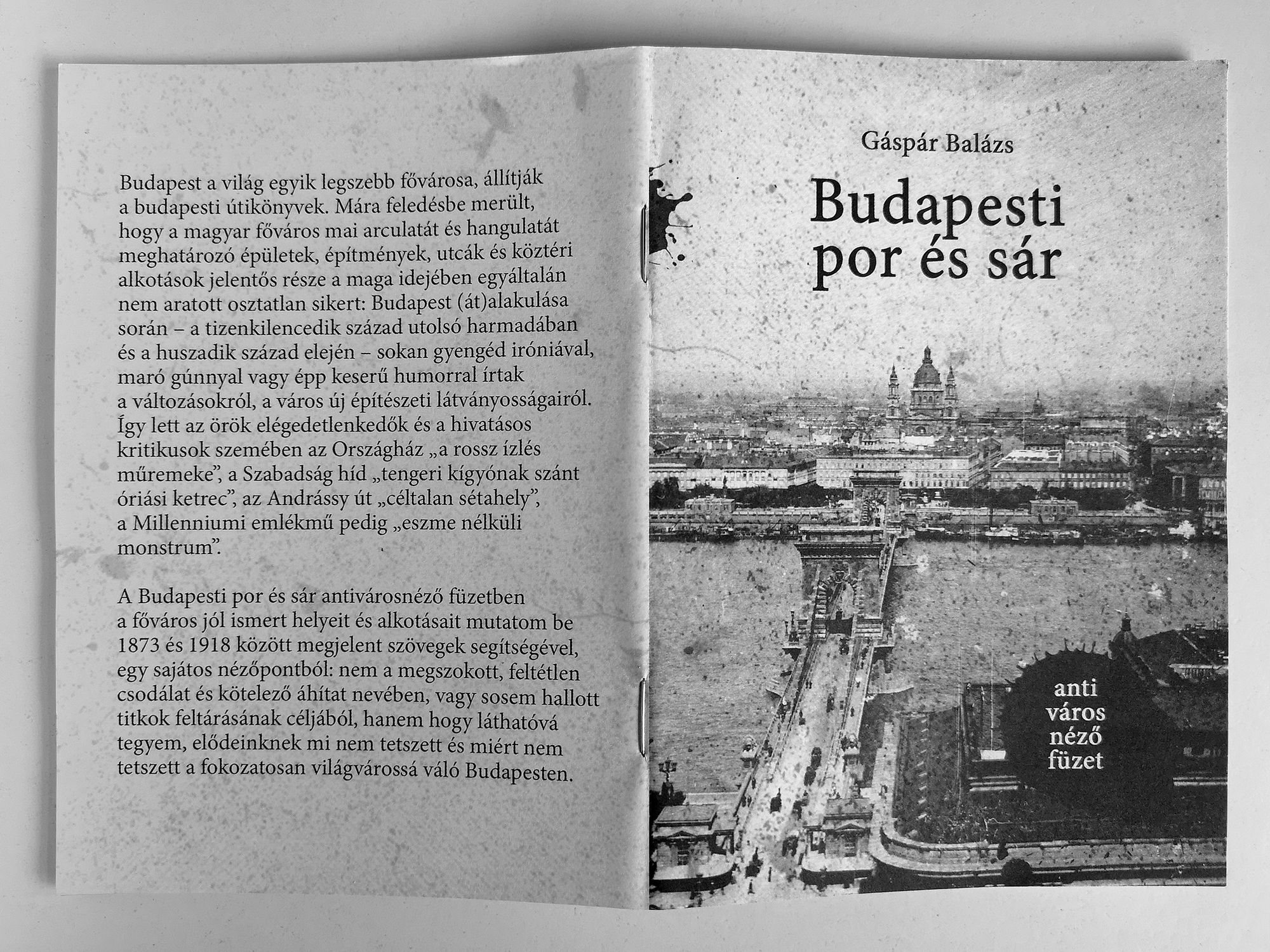
Balázs, what do you do, and how did you come up with the idea of “Budapesti por és sár”?
I have been living in Budapest since 2011 and graduated in Hungarian-Philosophy from ELTE in 2014. In the beginning, I roamed the capital with a camera; I started to pay more attention to the history and stories of Budapest as a volunteer of Budapest100. I devoted many articles and studies to the capital and its history, worked at the Mai Manó Ház, am currently a staff member of the Capa Center, editor of the Capa blog and author of the Weekly Fortepan, and a volunteer for Budapest100, as well as a regular contributor to the Fotóművészet magazine.
The idea of “Por és sár” grow out from several different experiences. On the one hand, I came across reviews in old books and newspapers that caught my attention: Károly Eötvös, for example, wrote in Balatoni utazás (Balaton travels—free translation) that the echoes of Tihany “have nothing special about them,” Szinyei called Badacsony “a big fat thing,” and Károly Lyka said that the grid system on the Danube shore was like the ones you see at cattle markets… And of course, there’s the eponymous Széchenyi’s book titled Pest-budai por és sár and the diary of Frigyes Podmaniczky, in which he complains that the population of the capital is suffering because of the “Cairo dust and Szolnok mud.”
On the other hand, I once went on a tour of the Parliament, and the guide raved at every stop about how beautiful it was. But is the Parliament really so beautiful? Or do we only think so because we have been told to do so? If not better or worse, the buildings were undoubtedly seen more honestly by those who saw them built before their eyes than by those of us flooded with tourism and image propaganda. And this is reflected in the old reviews, which are soaked with severe disapproval, biting sarcasm and murderous irony.
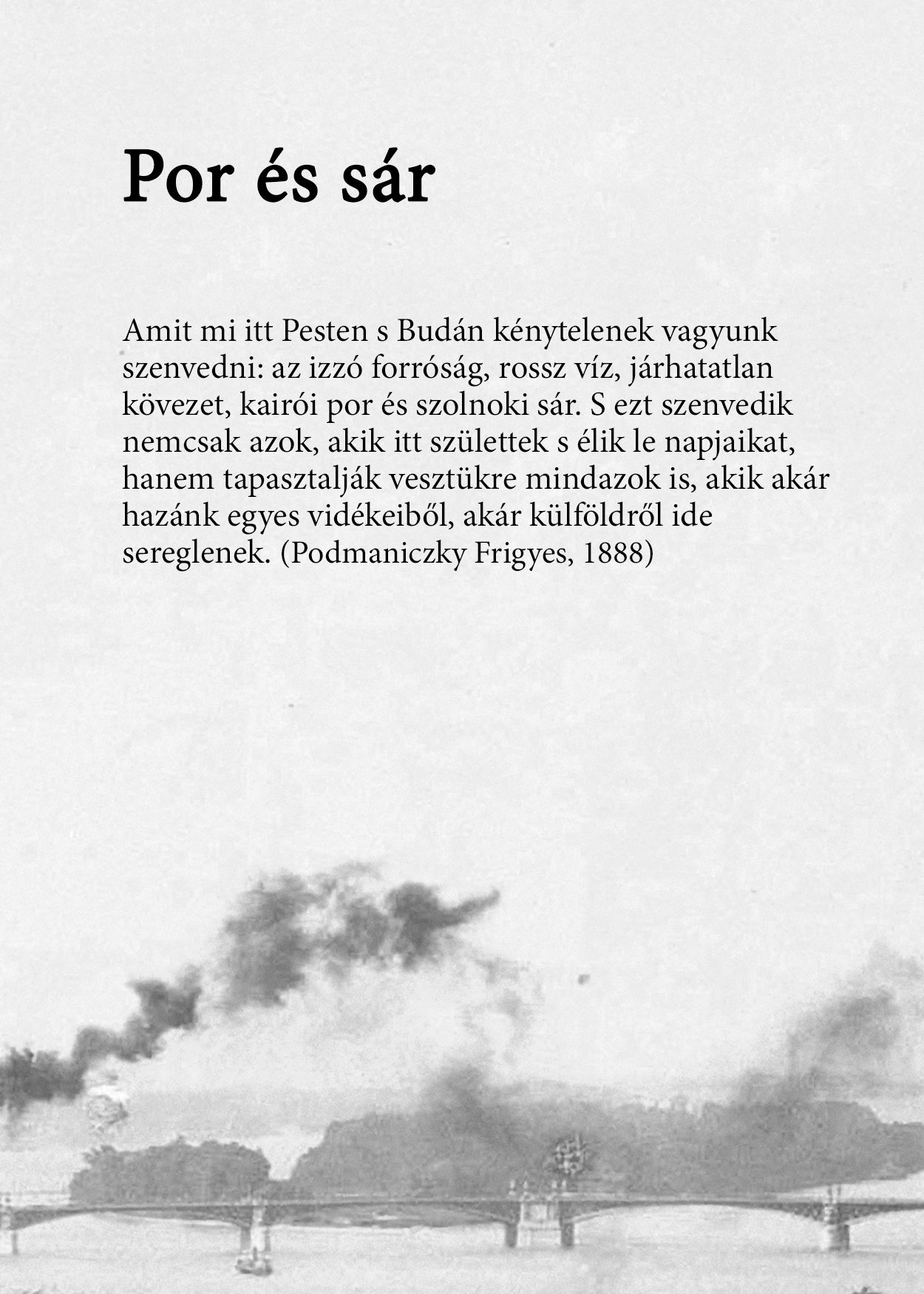

“What we have to suffer here in Pest and Buda: the sweltering heat, bad water, impassable paving, dust from Cairo and mud from Szolnok. And this is not only suffered by those who were born and live here, but also by all those who flock here from certain parts of our country or from abroad.” (Frigyes Podmaniczky, 1888)
The publication includes texts published between 1873 and 1918 alongside archive photographs. Why did you choose this period?
Almost all the buildings that we find in Budapest’s tourist brochures, which we show to our friends abroad, that are used to build the capital’s image, were built in these four and a half decades: this is the golden age. There are some earlier buildings in the booklet, but Budapest was officially established in 1873, so this is the starting point, and in 1918 the Austro-Hungarian Monarchy broke up and a somewhat different world came along; therefore, this is where it ends.
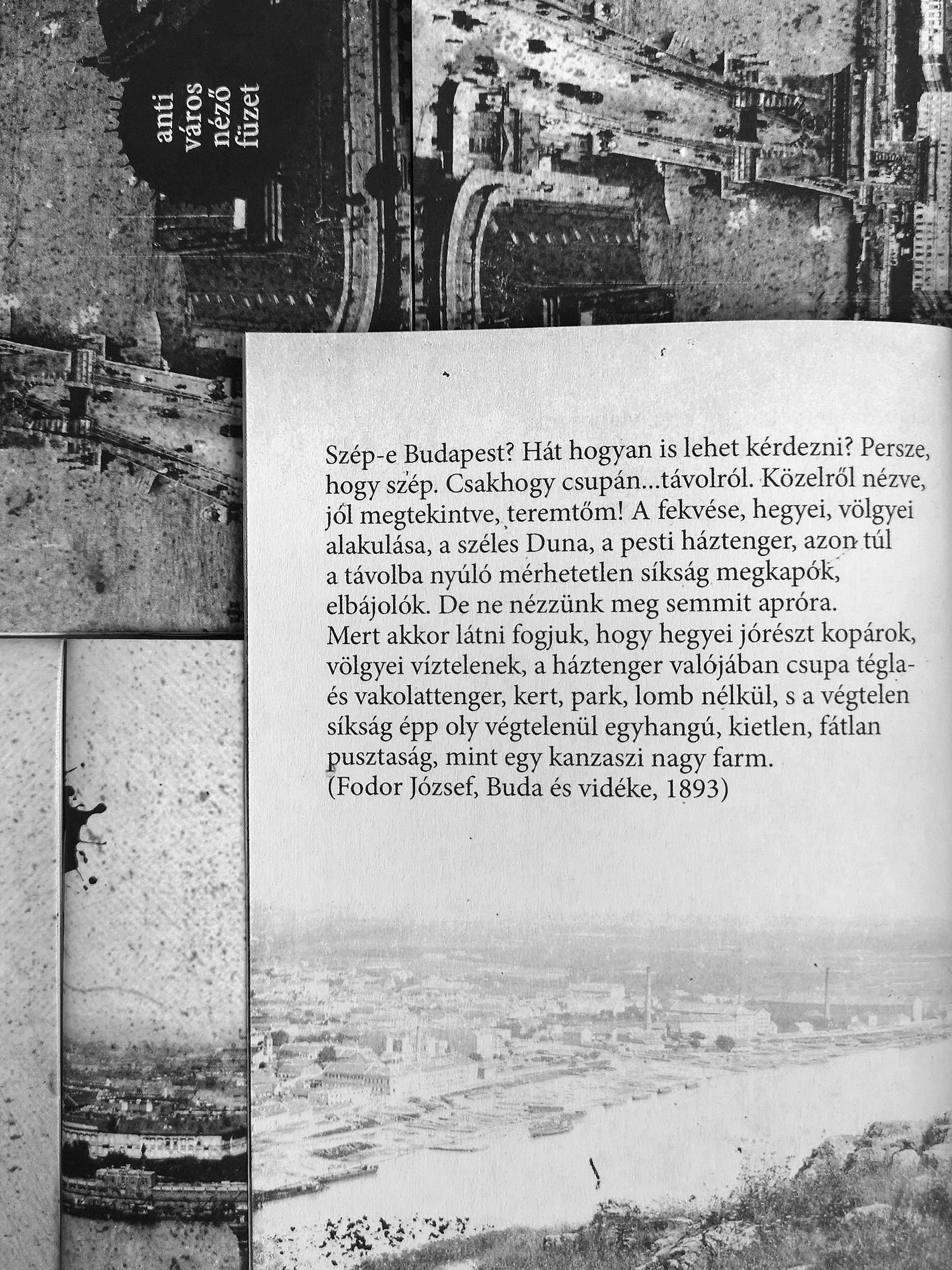
Although I’m not a researcher or expert on the period, but looking at it from today’s perspective, it’s interesting from several viewpoints. Let me give you an example. The booklet also includes a quotation from a piece written by Miklós Bartha, a member of the Parliament and publicist, that the Parliament is a botched job (clumsily and inadequately performed). This almost full-page critique was published on the front page of the daily newspaper Magyarország (Hungary) in March 1902. Three months later, an MP addressed an interpellation to the then prime minister, Kálmán Széll, about the issue of the Parliament building, saying it was a botched job—perhaps he said this because of Bartha, or maybe many people simply thought so. In any case, Széll responded in a long speech during a parliamentary session: he strongly rejected the idea that the Parliament was a botched job while acknowledging its many flaws (it had become too expensive, it was too costly to maintain, it was uncomfortable in some places, the meeting room was small). So, it seems that there was still a stake and a meaning to some criticism at the time.
Today, anyone can express an opinion on anything, which may or may not be a good thing, but at the time, it was filtered who could present their argument on a public platform. Thus, the booklet contains some really witty reviews by well-known people, including Ödön Gerő, Imre Henszlmann, Károly Lyka, Kálmán Mikszáth, Ferenc Molnár and Gyula Szini, to name just a few.
This little guide (as the name suggests) is more like a booklet than a thick guidebook. Was this intentional?
The size (A/6) is deliberately the same as the Budapest Guide, the official publication of the capital. This is partly why I chose which places and topics to include, as I also wanted to select only those sights that still look very much the same today as they did when the reviews were written. So it rhymes directly with that, a kind of counterpoint, an alternative version of that. At the same time, it was also important that if someone would like to walk through the places mentioned in the booklet, or just see some of them live, they don’t have to walk around with a heavy, large book, but can easily put it in their pocket (and I would like to take the opportunity to thank Judit Gellér, Endre Koronczi and Zoltán Puszti for their help in the making).
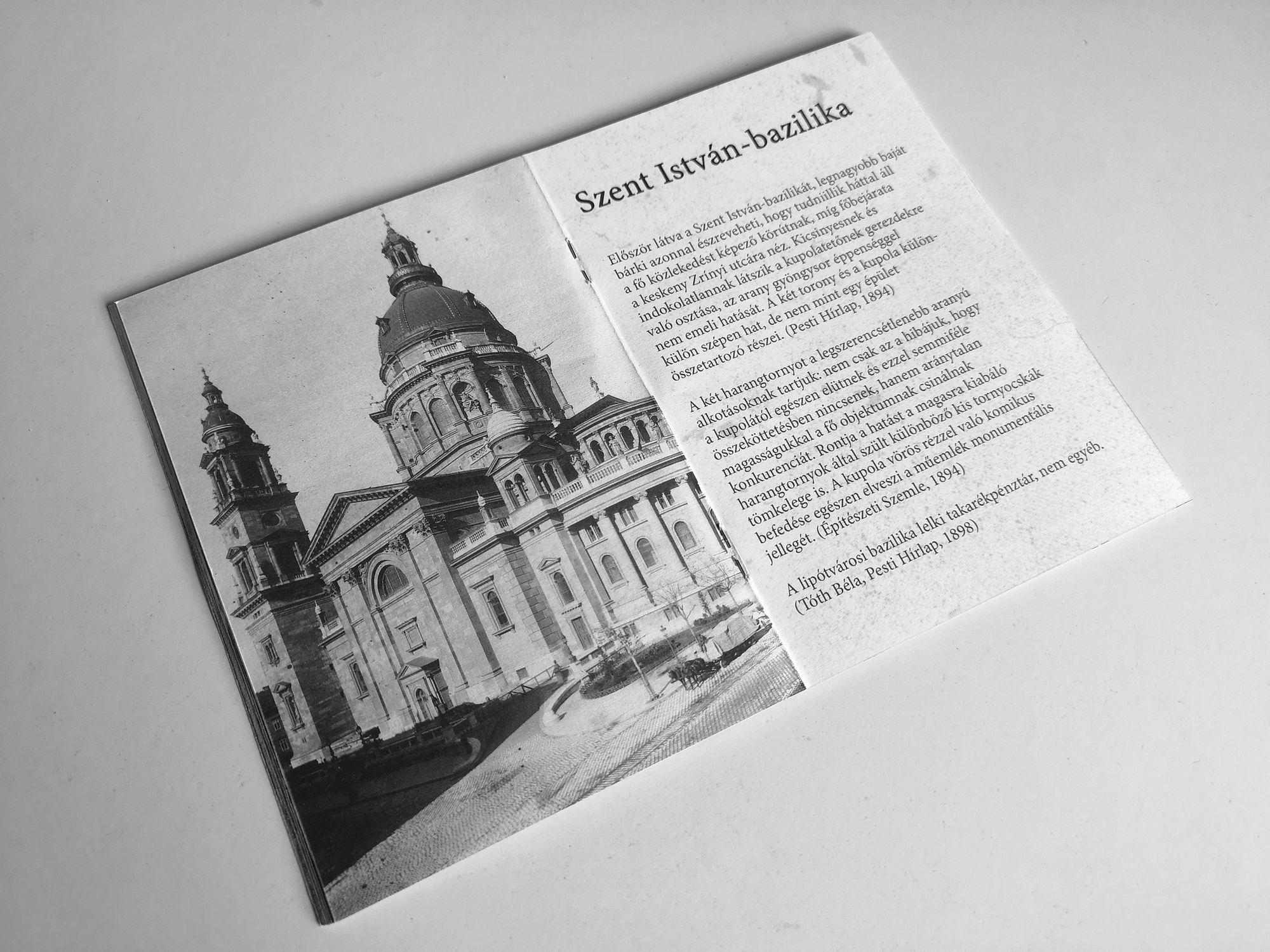
As I understand it, Por és sár started out as an Instagram or website, then came the physical manifestation, the book itself. How and for how long did the research take place?
Por és sár was launched as a Facebook and Instagram page in January 2019. The booklet and the website came out at the same time, the latter as a kind of complement to the former. I put on the website what I thought was important to have as a kind of background research, but didn’t fit in the booklet: some basic information about the buildings, short biographies of the critics, a few words about the newspapers.
Once it was finally completed (end of November 2021), I checked when did I make the first draft: January 2020. Of course, I hadn’t been working on it non-stop for almost two years, and it was good that I didn’t open it for weeks at a time, because in that way, I could always look at it with fresh eyes. I was working with it really intensively in 2021, there were buildings for which I found quotes easily, but for other sites, I scanned through thousands of hits to find at least one. In the end, nearly 60 of the 80 quotes in the booklet are not and will not be on the Instagram/Facebook page.
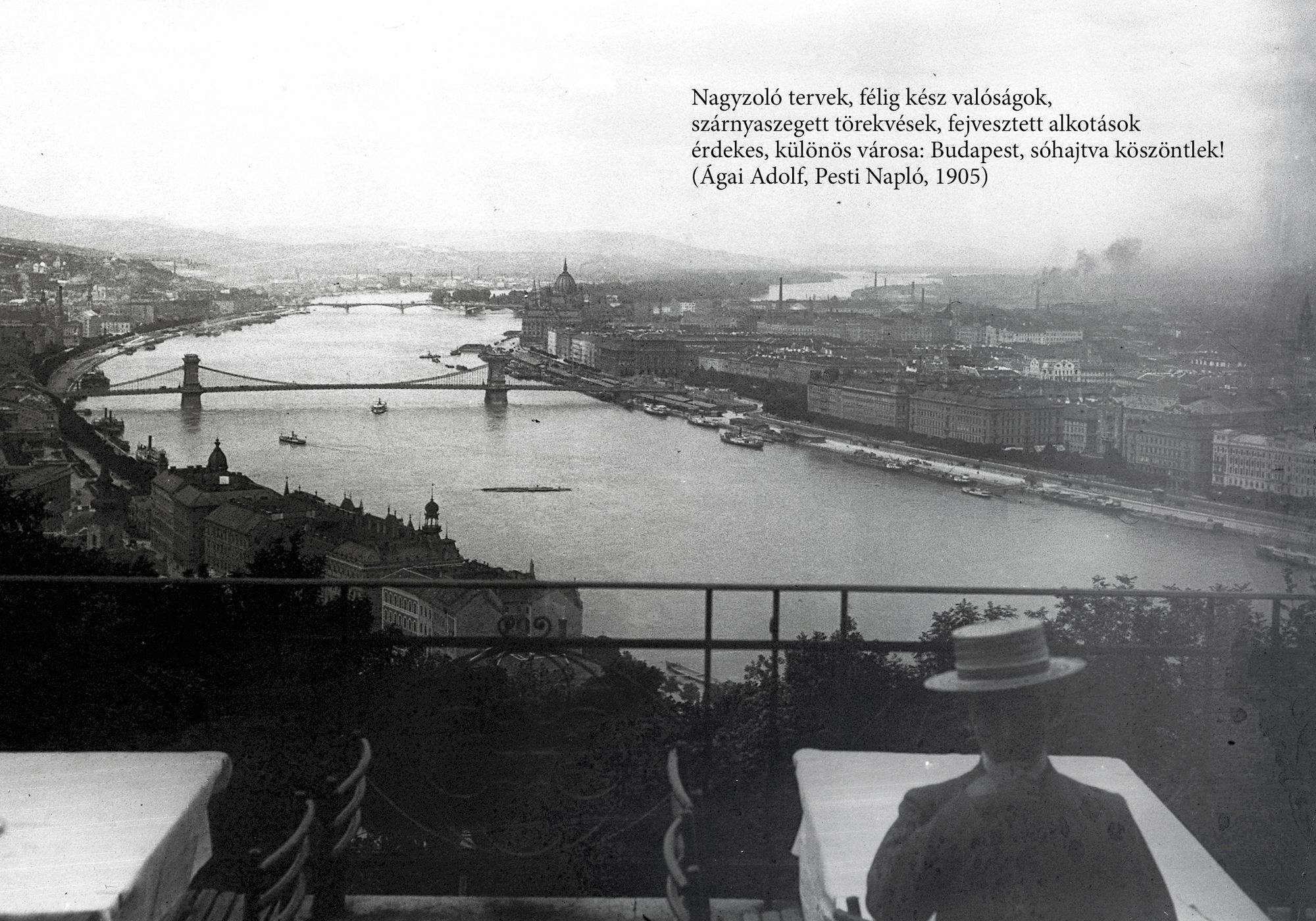
You have held a real anti-city tour before, will there be more in the future? What are your plans regarding the book?
Yes, I’ve been planning another walk for a long time, and if all goes well, there will be one this spring, which will be announced on Facebook and Instagram. The booklet only included a few short quotes, but the walk will also feature longer excerpts and writings that were not included in the publication at all.
More plans are afoot, for example, the following publication is already in the making. I was born and grew up in Veszprém, so as a rural person, I have always tried to share as many rural posts as metropolitan ones. The anti-country guide booklet is planned to be published this year: streets and buildings of county capitals, castles and spas, Lake Balaton and the Great Plain, and of course, dust and mud will be included.
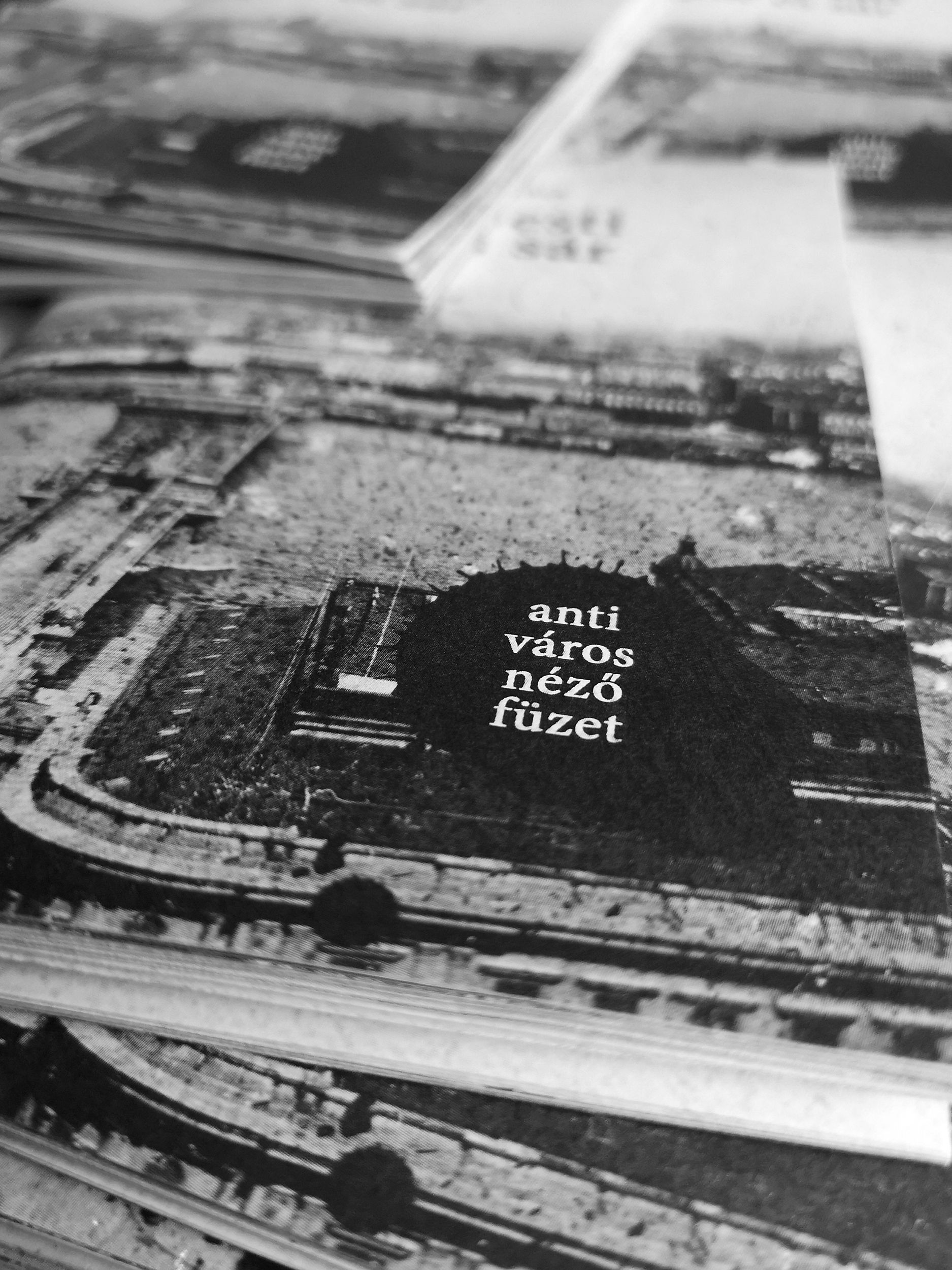
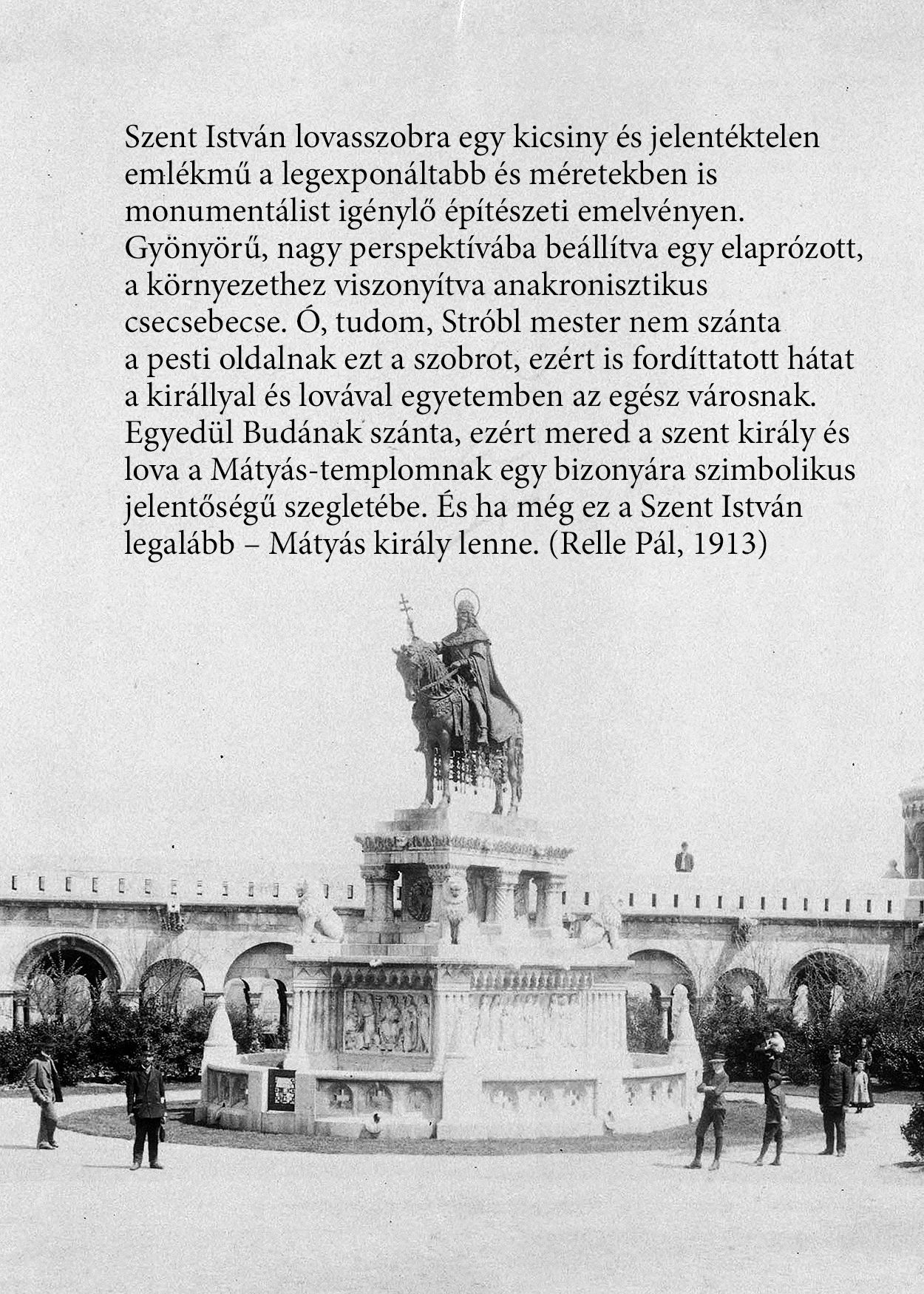
You can get the booklet directly from Balázs or the ISBN book+gallery shop.
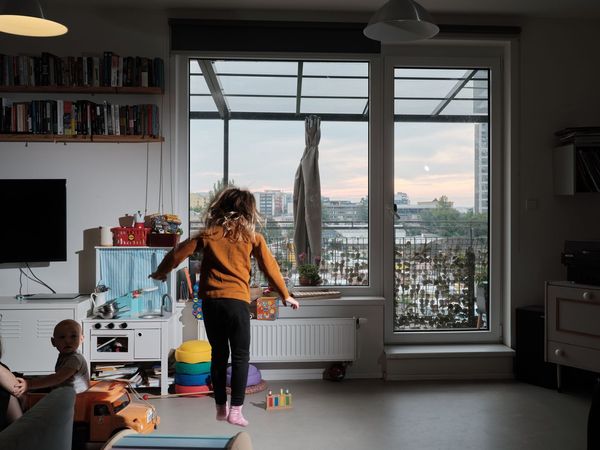
Living in Prague—an exhibition on housing in the Czech capital

Vilnius is celebrating its 700th anniversary










